The first half of the 1990s was the era of 16-bit gaming when the Super NES (SNES) and SEGA Mega Drive dominated the console scene. Nintendo released the SNES in Europe in 1992. It was around that time my parents purchased a Super NES for me when I was about nine years old. The SNES was not my first gaming experience, as I had also played NES games, but I was immediately blown away by what the Super NES had to offer.
The Super NES was a great leap forward on the 8-bit NES console in terms of technical specifications. With a 16-bit processor, the SNES could process twice as much data as the NES. It had 128 KB (kilobytes) RAM compared to the NES’ 2 KB RAM. The Super NES could also display up to 256 colors simultaneously, vastly superior to the NES’ 25 on-screen color capabilities. So, SNES games were much more colorful than those on the NES.
The game controller for the Super NES was also a big step forward for gaming. It was the first gamepad to have two shoulder trigger buttons. The SNES controller set another design trend with its four-button diamond layout. It almost laid a new design template for controllers that Sony and Microsoft would later follow for their PlayStation and Xbox consoles. That gamepad had four more buttons than the NES controller, enabling games to have more sophisticated control schemes than ever before.

Playing Super NES games for the first time was a splendid graphical treat after the 8-bit console era. Super Mario World was the first title I played on the Super NES, and it has remained one of my all-time favorite games. That game was visually gorgeous compared to Mario titles from the 8-bit era, and it was also the first to include Yoshi the dinosaur. Gobbling up enemies and spitting out fireballs with Yoshi was so much fun.
Pilotwings was another early SNES title I played. This was a recreational flying game that showcased the fancy Mode 7 sprite-scaling effect on the Super NES. Mode 7 was a graphics mode that enabled the scaling and rotation of backgrounds to give games greater graphical depth. That graphical effect was quite revolutionary at the time, making Pilotwings one of the most visually impressive early games on the Super NES.
Super Mario Kart was also an SNES game with a big Mode 7 factor that went down a storm in 1992, spawning a series that continues to go strong today. This Mario-themed racing title has a special place in my heart for all the pulsating racing action it provided. I played it for years, perfecting my racecourse times and battling against anybody who dared challenge me in Mario Kart’s battle mode. Mario Kart didn’t have the most extensive single-player mode, but it was among the best two-player games on the Super NES.
The Super NES was the first console I and many other players played some 3D games on. It was among the first consoles to have 3D graphical capabilities thanks to the Super FX chip. That chip for SNES cartridges enhanced the console’s polygon rendering capabilities, but only 10 games used it. The Stunt Race FX and Star Wing games I played provided a tantalizing glimpse of the 3D future of gaming at a time when games were predominantly flat two-dimensional affairs.
My absolute favorite SNES game was The Legend of Zelda: A Link to the Past. It was a very beautiful and atmospheric Zelda game compared with its predecessors on the NES. A Link to the Past had some great boss battles and puzzling dungeons that had you hooked for many hours trying to figure out how to get through them. It was a super enhancement over the Legend of Zelda and Adventure of Link NES games.
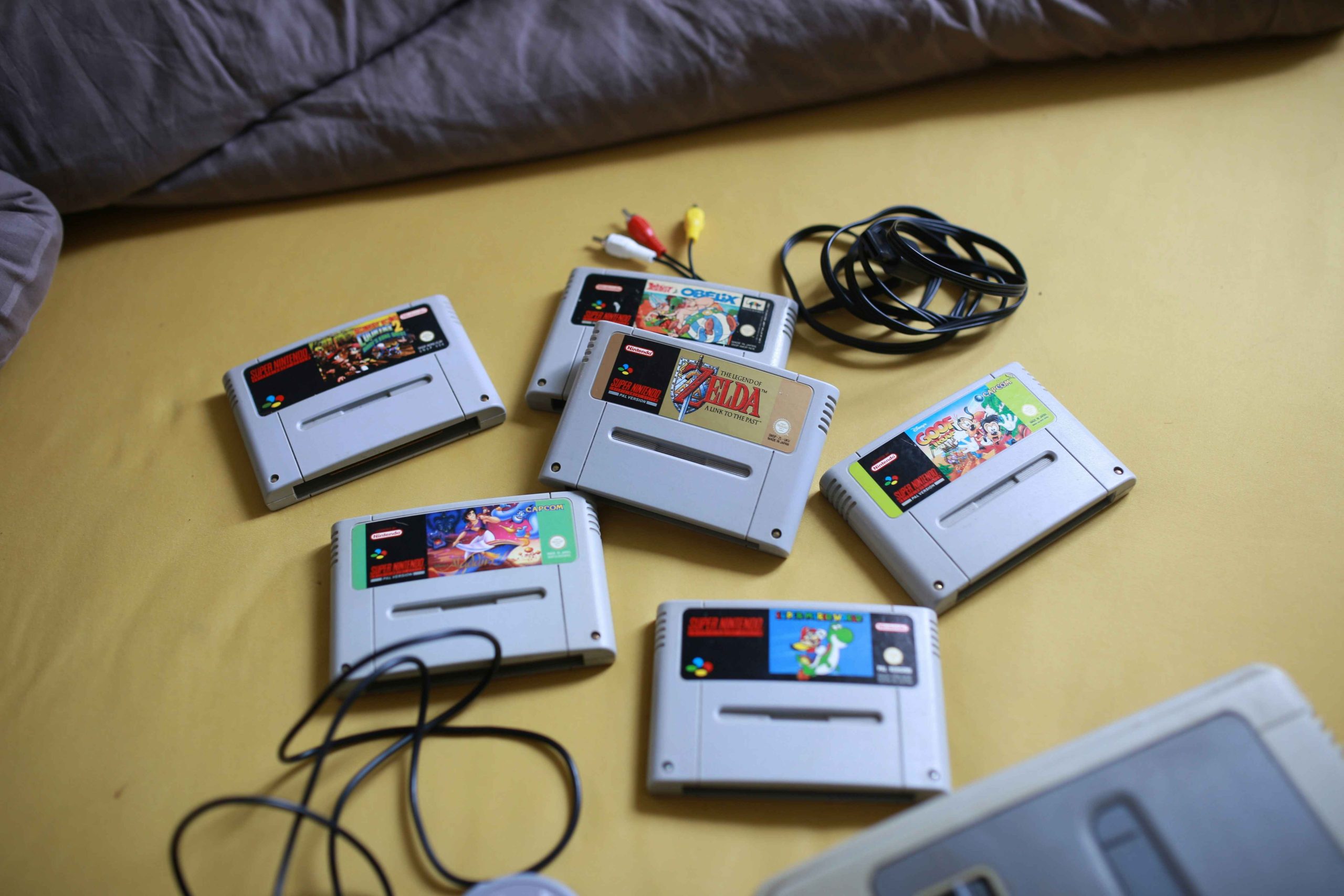
The Super NES further raised the bar for 16-bit gaming when Rare released Donkey Kong Country in 1994; it was one of the most graphically impressive titles for the Super NES because it utilized a pre-rendered 3D graphics technique. Some players say Donkey Kong Country was a little overrated, and that may be true. Although I enjoyed DKC, the game lacked challenge and wasn’t groundbreakingly original. Nevertheless, Donkey Kong Country was still one of the highest-grossing games on the Super NES.
Although the most advanced 16-bit console of its era, the Super NES still faced stiff competition from the Sega Genesis (otherwise known as the Mega Drive) during the 1990s. SEGA released the Mega Drive before the SNES in Japan, Europe, and North America, which gave that console a head start. Many impatient American players tiring of 8-bit consoles could not wait for the Super NES and embraced the Mega Drive.
The Super NES was graphically superior to the Mega Drive in all respects. Mode 7 and Super FX were graphical capabilities the Mega Drive couldn’t match. The SNES also had twice as much RAM and a considerably larger color palette than SEGA’s 16-bit console.
However, the Mega Drive had a faster processor than the SNES. This gave SEGA’s Mega Drive a speed advantage for faster-paced action games. The popular Sonic Mega Drive games placed greater emphasis on fast-paced gameplay. I recall noticeable gameplay slowdowns occurring in faster-paced action games for the SNES, one shortcoming that Super NES players had to live with. Super NES games weren’t generally slow, but they sometimes slowed down in intense action moments.

Despite that shortcoming, the Super NES still prevailed as the winner in the 16-bit console war against the Mega Drive. The SNES clearly outsold the Mega Drive in Japan. However, it was a close race between the two consoles in North America and Europe. The SNES sold 49.1 million units, making it Nintendo’s seventh highest-selling game console. In comparison, estimated sales figures for the Mega Drive range from 30–35 million units.
So, the Super NES was the 16-bit console of choice for most players across the world. SNES games like Super Mario World, Zelda: A Link to the Past, Yoshi’s Island, Super Metroid, Chrono Trigger, Street Fighter 2 Turbo, and Super Mario Kart are widely rated to be among the best games in history. I played many of my favorite games on the Super NES before the console became obsolete at the end of the 1990s. Today, players can enjoy many of the best SNES titles with Nintendo Switch Online subscriptions.
Was the Super NES game console your 16-bit system of choice? What are your fondest Super NES memories? Let us know in the comments.


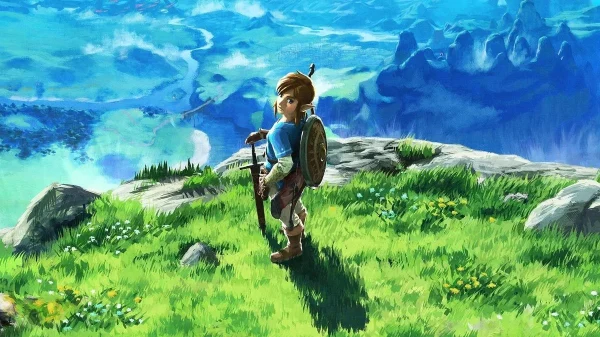


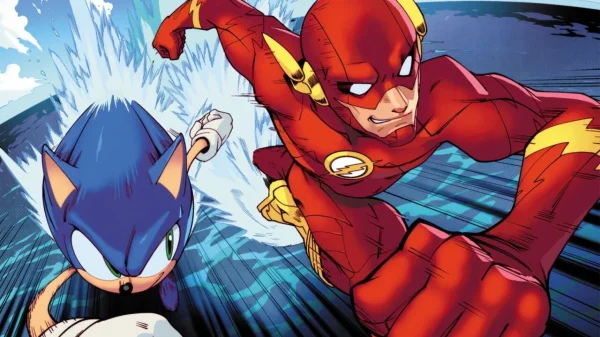


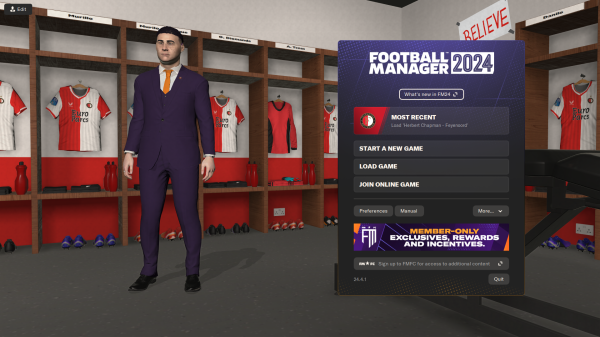

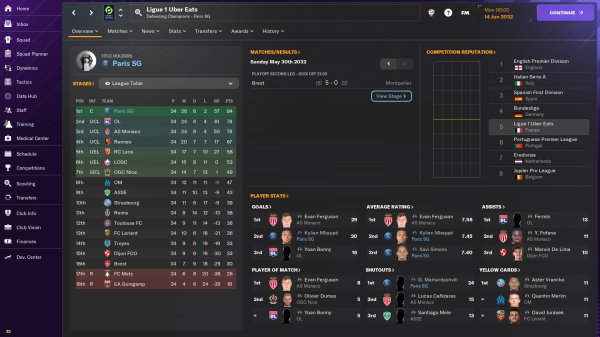
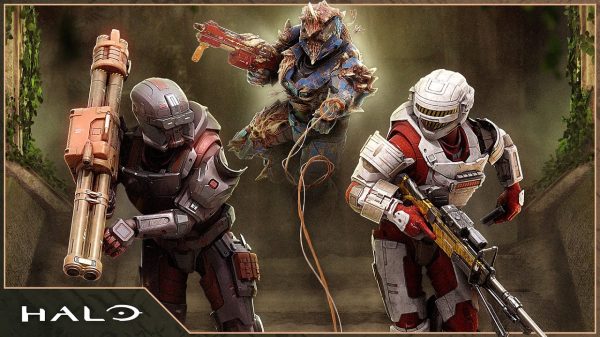
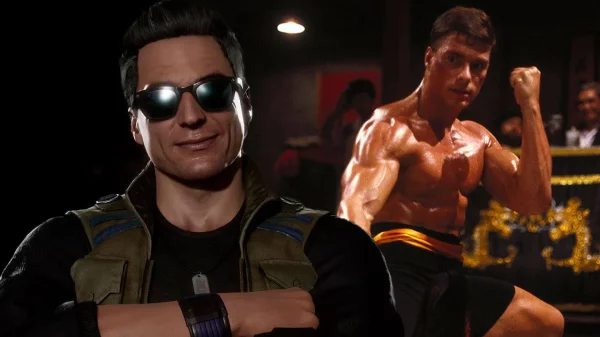
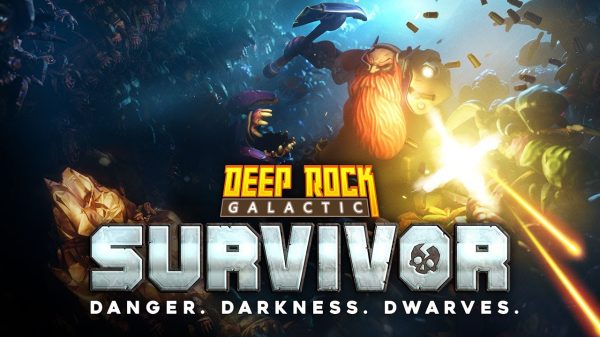
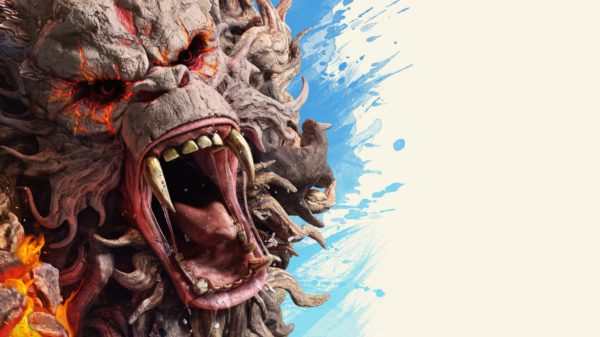

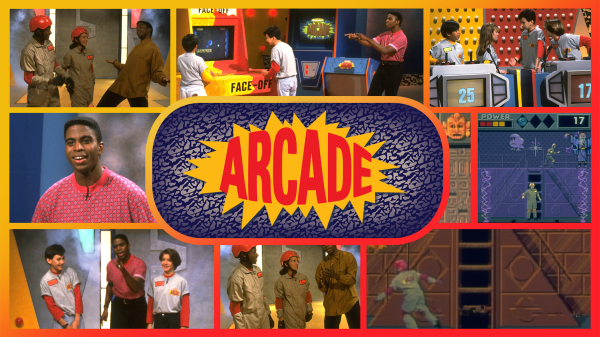
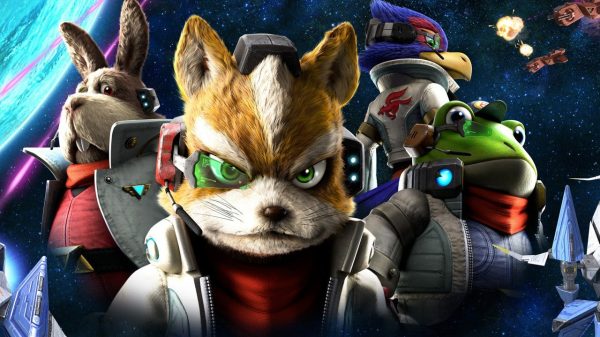

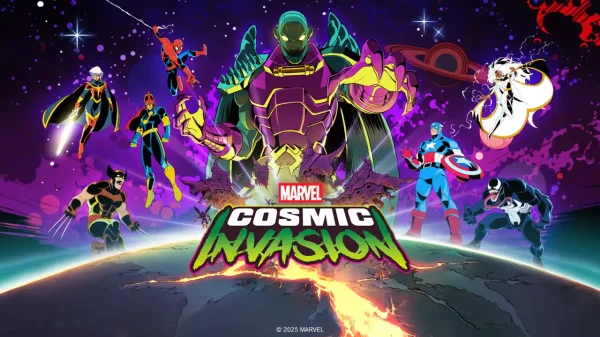
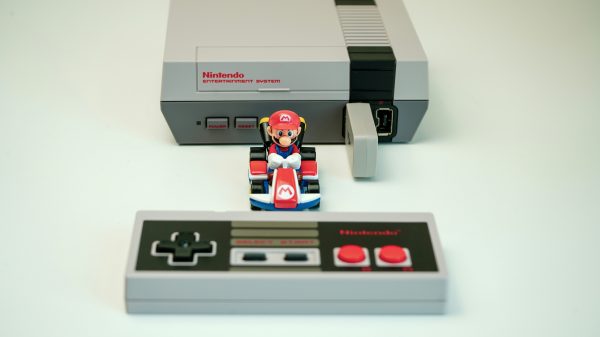



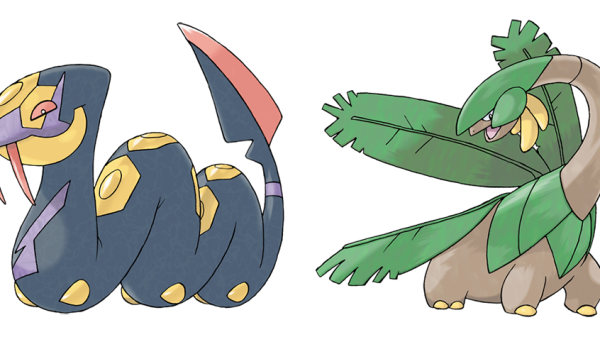
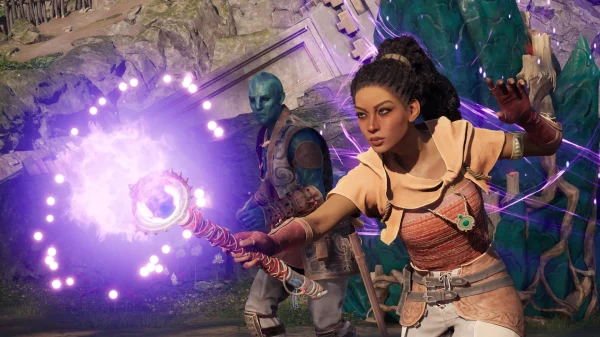
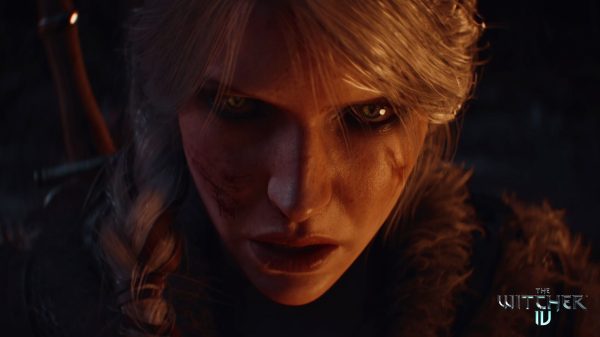
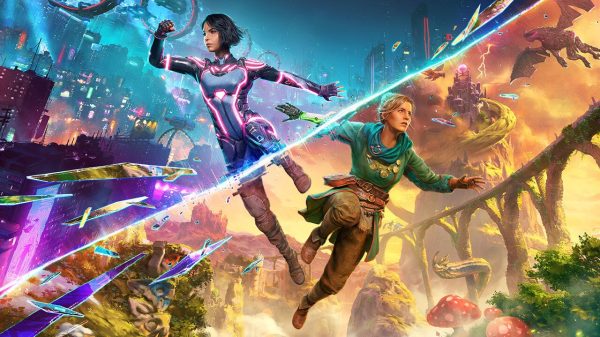
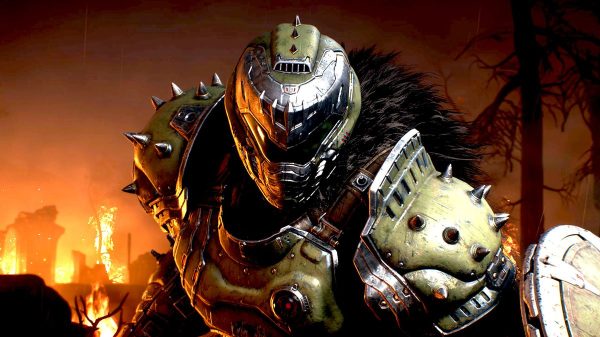
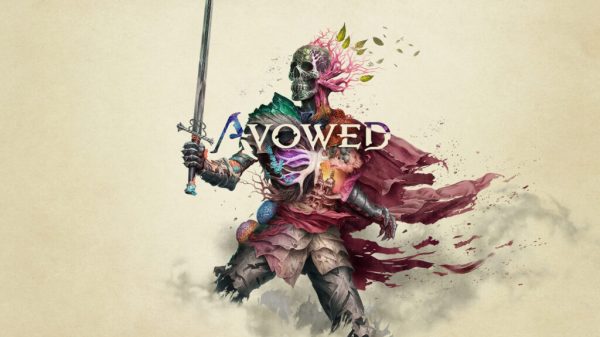





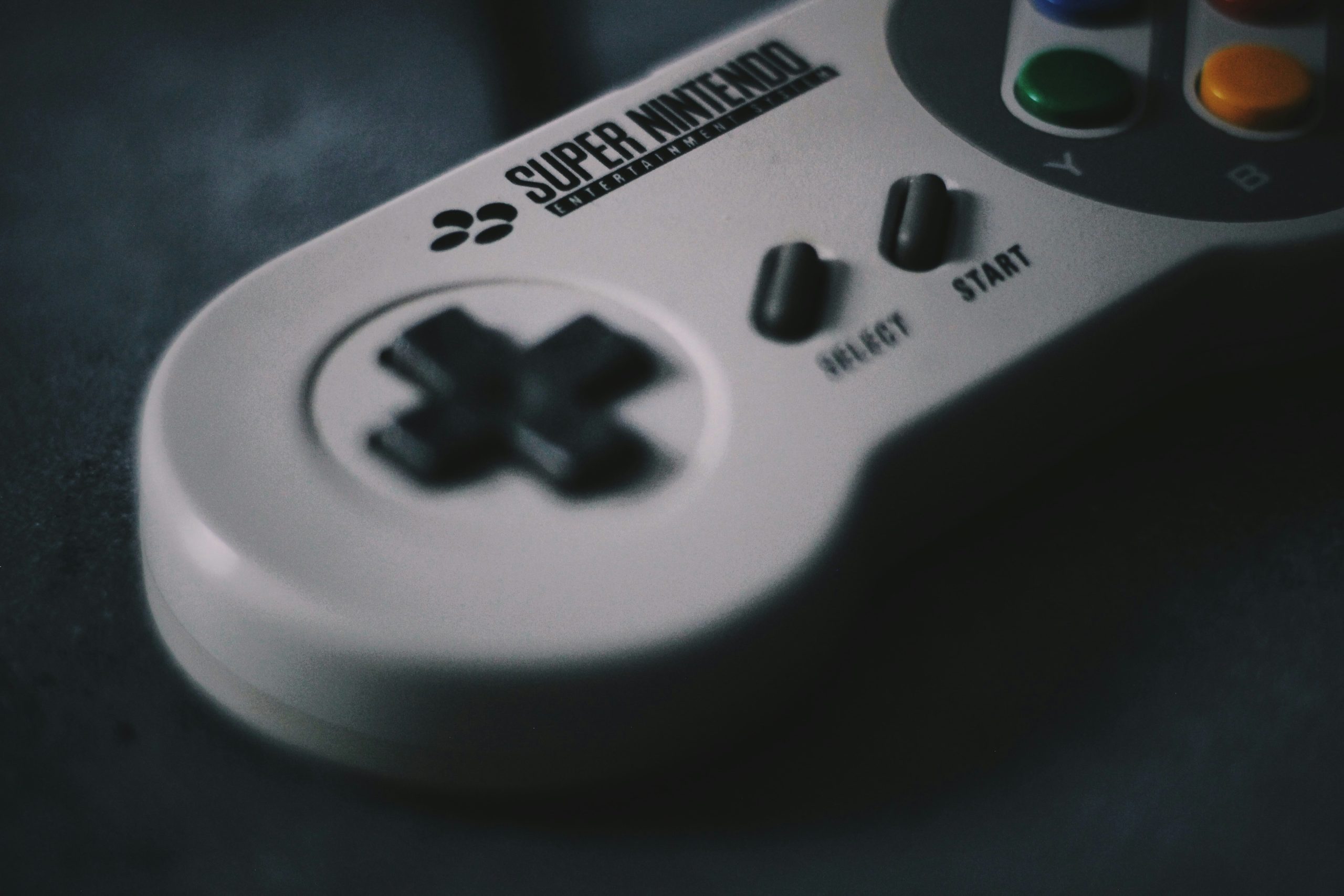








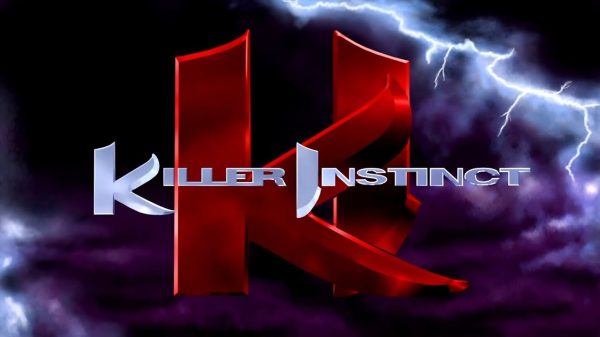



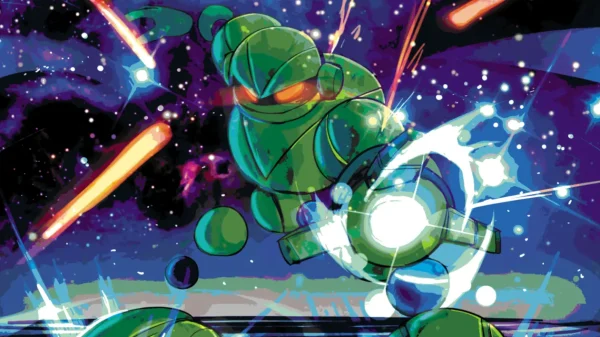

1 Comment
You must be logged in to post a comment Login